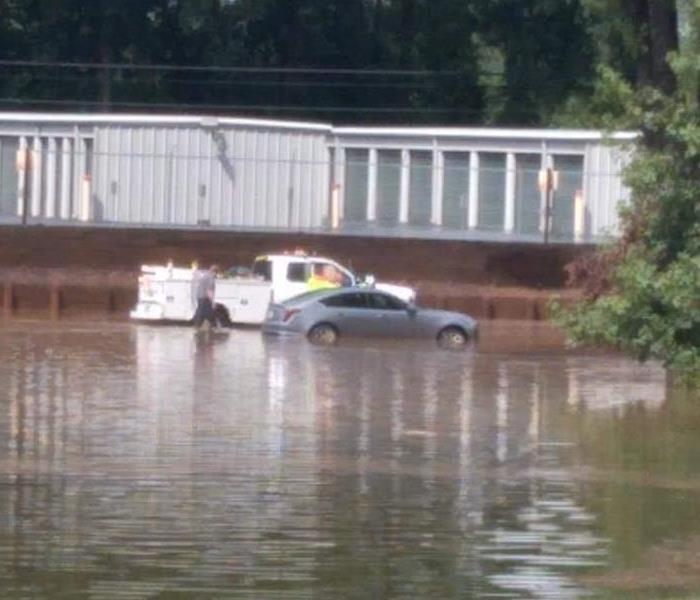Three types of water damage
8/20/2021 (Permalink)
The phrase “water damage” is an umbrella term that describes a variety of different situations and conditions. Every incident involving water is unique and its resulting water damage varies. It may come as a surprise that even the water itself can be categorized into a variety of classifications. The Institute of Inspection, Cleaning, and Restoration Certification details three different “Categories of Water” that are involved in water damage in homes and businesses alike. In this blog, we’ll break down these three categories of water, which can help you assess the severity of any water damage that should occur in your home or business.
The IICRC’s 3 Categories of Water
The three water categories presented by the IICRC in its “S500 Standard for Professional Water Damage Restoration” article aim to classify water by its contamination level, “considering both its originating source and quality after it contacts materials present on the job site.” The document also asserts that the amplification of the water’s contamination level can be increased or decreased by both time and temperature.
Category 1- Clean Water
Water that is classified as Category 1 is commonly referred to as “clean water,” as the water’s source is sanitary and does not pose any risks from exposure. Category 1 water examples may include melting ice or snow, rainwater, and broken water supply lines. While it does not appear as though Category 1 water poses a significant risk, this water can deteriorate depending on how long microorganisms remain wet after exposure and the environment’s temperature. If the water develops an odor, its sanitation has likely worsened, dropping its classification to category 2.
Category 2- Gray Water
When water falls under Category 2, it is significantly contaminated. Upon exposure or consumption, humans can experience symptoms ranging from discomfort to sickness. A wide variety of circumstances fall under Category 2, including common household water damage situations like dishwasher discharge, washing machine overflow, and toilet bowl overflows. Category 2 water also includes a few surprises, such as punctured water beds and broken aquariums. Like Category 1 water, this water can also deteriorate to Category 3, also known as “black water.”
Category 3- Black Water
The most severely contaminated category of water according to the IICRC, Category 3 water, is commonly known as “black water.” Water of this category is “grossly contaminated,” according to the IICRC, and sometimes contains pathogens, toxins, or other “harmful agents.” Category 2 water is known to occasionally cause health effects, but upon contacting or consuming Category 3 water, humans can experience very serious health effects. Types of water that fall under this category include sewage, flooding that originates from seawater and rivers, as well as wind-driven rain from tropical storms or hurricanes. It is important to understand that Category 3 water is capable of carrying harmful substances like toxins and pesticides, so it is best to allow a professional to handle the situation.
We Have the Expertise That You Need
Our team of water damage professionals at SERVPRO Of Oconee/South Anderson Countiesabides by the IICRC’s S500 Standards, as every team member undergoes training with SERVPRO Industries Inc., an -IICRC-approved school. When you call us at (864) 916-4160, our team will arrive onsite immediately, identify the category of water damage onsite, and tailor the water damage restoration services to your home or business’ specific needs in accordance with industry guidelines.






 24/7 Emergency Service
24/7 Emergency Service
